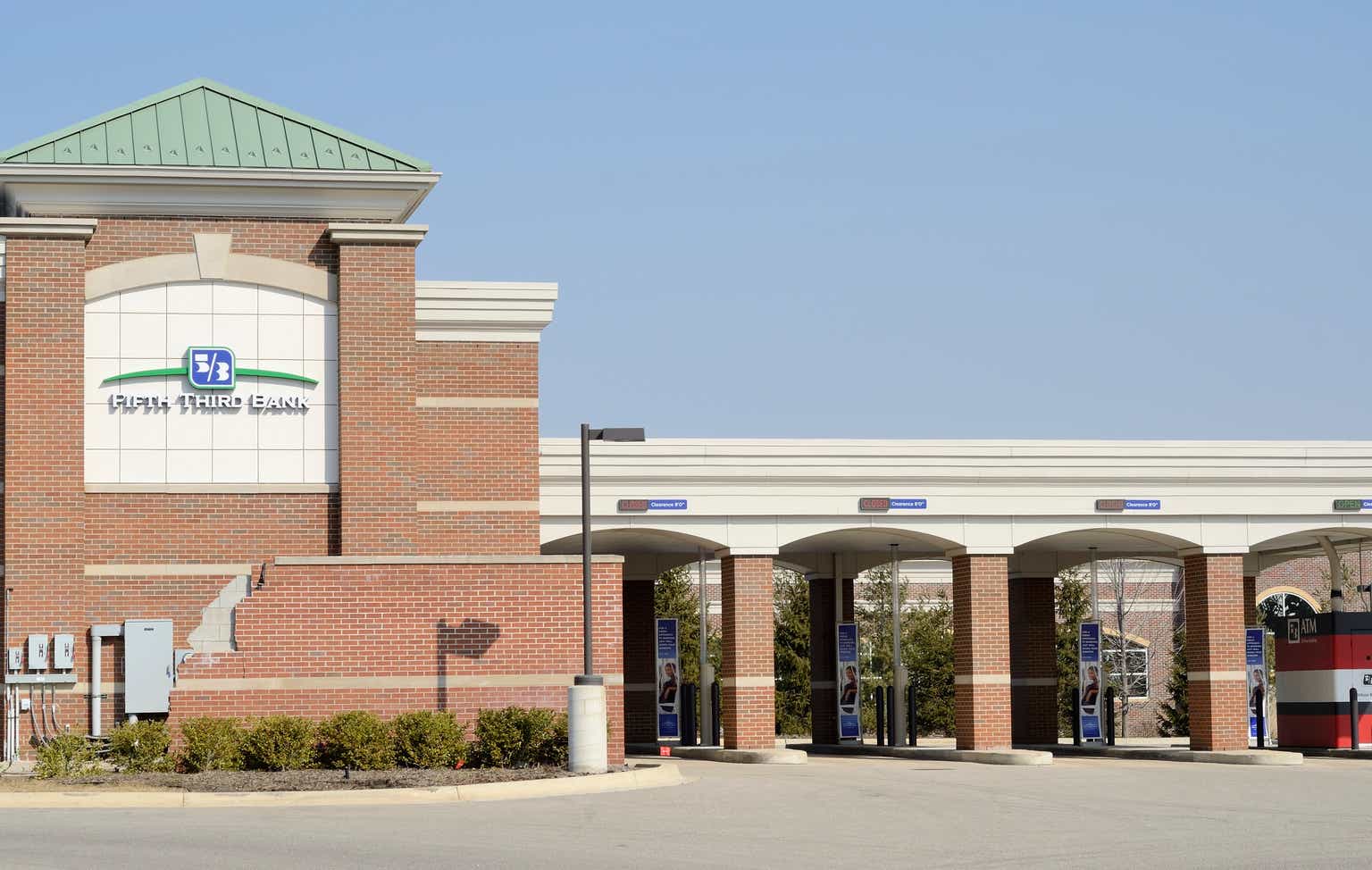Global warming has the capacity to create turmoil in the world’s agriculture. It works its havoc in two ways. One, it produces extreme, and extremely unpredictable, weather events, such as droughts, downpours, forest fires, flash floods and unseasonal rains, which damage crops. Two, it changes the climatic conditions of geographies, making them unsuitable for traditional crops and, in obverse, certain crops unsuitable for their traditional growing geographies.
The Economist ran a story in June, on the American state of Georgia, which is called the Peach State, but has no peach crop this year. After summer temperatures had set in, the state suddenly experienced a wholly unusual freeze, which ruined the year’s peach crop. Such temperature variations are brought about by changes in multiple factors, ranging from the temperature of air columns that change windspeeds, the size and speed of ocean currents, the amount of moisture borne by clouds, and the like.
Coffee is another established victim of climate change. The production of the Arabica variety is expected to come down, while its hardier cousin, the Robusta, accustomed more to noses that turn up in dismissal than to ones that sniff in appreciation, is gaining ground.
Some varieties of grapes from which famed French wines are made are growing sweeter, while some others suffer a decline in output and productivity.
Global warming raises the average temperature of the earth’s surface. On the whole, sub-tropical regions become a tad more tropical and the sub-tropics extend to some additional degrees of latitude both to the north and the south. If the warming continues unabated, glaciers could melt, raising the sea level and opening up sea routes that had remained blocked. If the permafrost of the tundra melts, not only would the carbon dioxide trapped in the vegetation caught in it be released into the atmosphere, vast tracts could open up into arable land as well.
For a country like India, whose political system has nurtured multiple vested interests around particular crops grown in particular areas, on the strength of particular inputs that become economically viable on the strength of particular degrees of state subsidy, switching crops in response to climate change would become a political challenge as well.
Suppose warmer temperatures harm spice cultivation on the slopes of the Western Ghats, but make them suitable for growing cocoa or even some varieties of grapes, the cropping pattern would have to change. Crops that fit the new climate would need to be identified, the farmers trained to grow them, new supply chains established to provide the new inputs and to buy up the produce of the new crops.
If climate change were to make arid Maharashtra even drier, the region’s sugarcane farmers would naturally expect the government to foot the bill for drilling ever deeper, pumping yet more water from greater depths, and continue as before. The smart response for the government would be to grab this opportunity to throw sugarcane cultivation out of the state, leaving it to the water-sogged Indo-Gangetic plains, while identifying new crops that could thrive in the new, warmer conditions.
Shorter wet spells could, in some cases, be addressed with shorter duration varietals of existing crops. This calls for farm research and development, setting up new agricultural universities and nurturing biotechnology startups that develop the appropriate varieties.
The impact of climate change could be varied and unpredictable. In some places, droughts could extend to several years, drying up water bodies, depleting groundwater and altering soil chemistry. In other places, the land could turn marshy. Ensuring food supply might call for heavy investments in irrigation and drainage.
In other words, building climate resilience is as much part of facing up to global warming as trying to achieve net negative emissions in energy generation, transport and industrial production. That calls for technological agility, policy that trains farmers and consumers to adapt, flexibility in public finance, with sufficient headroom in government spending for investing in new irrigation or drainage capacity.
Food security is not just about growing more food. The food would need to be transported, stored and distributed. That means keeping roads functional, grain silos commissioned in new areas. Embankments, roads, bridges and dams might need to be fortified, to withstand more powerful flows of water than had been anticipated in the original design. Coastal towns would need to be protected from sea erosion, and their denizens trained to evacuate to identified shelters in case of unusually strong storms or floods.
Getting the people ready is as vital as getting the physical infrastructure and the policy ecosystem ready. And if you have been an Arabica aficionado, perhaps you might as well develop a taste for Robusta.
















